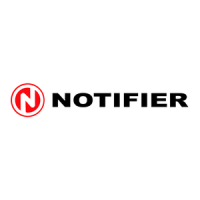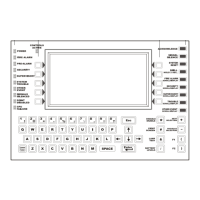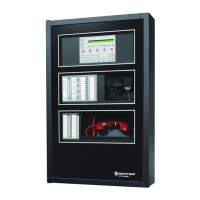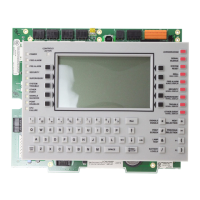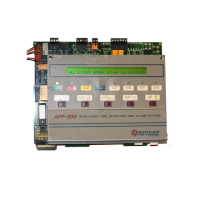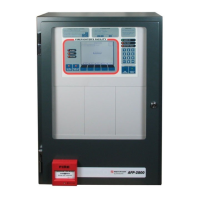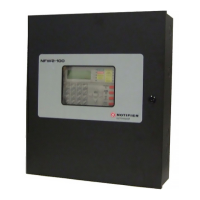NFS-320/E/C, NFS-320SYS/E Operations Manual — P/N 52747:E1 06/16/2011 25
Active Supervisory Signal Mode of Operation Operation of the Control Panel
3.7.2 How to Respond to an Active Supervisory
If a Latching Supervisory Type Code Displays
Some Supervisory Type Codes latch the control panel (Refer to Table 3.4 for a list of these type
codes). To return the control panel to normal operation, you must correct the condition causing the
supervisory condition, then reset the control panel. Take the following action:
1. Press the ACKNOWLEDGE/SCROLL DISPLAY key to silence the panel sounder and switch the
SUPERVISORY LED from flashing to steady—regardless of the number of troubles, alarms, and
supervisory signals. The control panel sends a Supervisory message to the History buffer and
installed printers, FDU-80 annunciators, and CRT-2s.
2. Correct the condition that activated the supervisory point.
3. When you finish correcting the latching supervisory condition, press the
SYSTEM RESET key to
return the control panel to normal operation (indicated by the “System Normal” message). The
control panel sends a “System Normal” message to the LCD display, History buffer and
installed printers, FDU-80 annunciators, and CRT-2s.
If Non-latching Type Code Displays
Some Supervisory Type Codes do not latch the control panel. (Refer to Table 3.4 for a list of these
type codes). The control panel automatically returns to normal operation, when you correct the
condition that activates the supervisory point. If the control panel indicates a non-latching
supervisory point, take the following action:
1. Press the ACKNOWLEDGE/SCROLL DISPLAY key to silence the panel sounder and switch the
SUPERVISORY LED from flashing to steady—regardless of the number of troubles, alarms, and
supervisory signals. The control panel sends a Supervisory message to the History buffer and
installed printers, FDU-80 annunciators, and CRT-2s.
2. Correct the condition that activated the supervisory point.
3. The control panel automatically returns to normal operation (indicated by the “System
Normal” message) and the control panel sends a “System Normal” message to the LCD
display, History buffer and installed printers, FDU-80 annunciators, and CRT-2s.
3.7.3 How to Interpret Supervisory Type Codes
The Type Code that displays in the Supervisory message indicates the function of the point that
initiates the Supervisory. For example, a monitor module with a
TAMPER Type Code means that the
monitor module connects to a tamper switch.
NOTE: If a fire alarm exists, and there are silenced alarms (the SIGNALS SILENCED LED is
lighted), a Supervisory alarm will resound the panel sounder.
NOTE: If a fire alarm exists, and there are silenced alarms (the SIGNALS SILENCED LED is
lighted), a Supervisory alarm will resound the panel sounder.
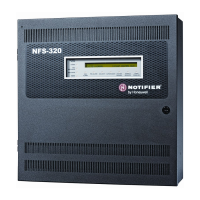
